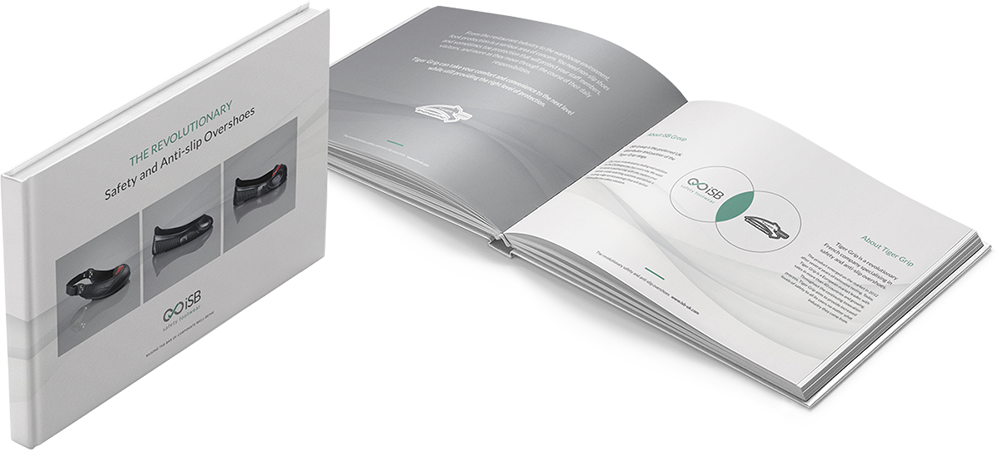
Safe lifting techniques in the workplace
Training employees in safe lifting techniques in the workplace should be an essential part of every company’s safety at work programme.
Overexertion injuries and lowering injuries are among the most common causes of missed work days – and it isn’t always heavy loads that cause the problem. It is possible to suffer a lifting injury by bending down incorrectly to pick up a piece of paper from the floor!
Fortunately, following proper safe lifting techniques in the workplace at all times – no matter how heavy the load – can help avoid everyday activities having dramatic consequences.
There are three stages to safe lifting. These are:
- Preparation
- Lifting technique
- Lowering
Safe lifting techniques in the workplace: Preparation
Heavy or awkwardly-shaped objects should not be lifted or carried without proper preparation. Things to think about include:
- Assessing the load size and dimensions – Will you need additional help in the form of another person, or some mechanical lifting equipment
- Checking the route – Is the path you’ll need to take to carry the load clear of obstacles, debris and trip hazards? If you need to carry the load a long distance, is there somewhere you can rest it midway on a table or bench, to rest and re-grip?
- PPE – Are you wearing safety gloves with the required grip and dexterity? Is your footwear fastened securely, and appropriately designed to take the strain out of your lower body? Do you need to wear additional lifting equipment such as a back support or lifting belt to help you control the load
- Warming up – Don’t be self-conscious. Some gentle stretches and light strength training will increase blood to the muscles, helping them perform at their best.
Safe lifting techniques in the workplace: Lifting technique guide
You are following correct lifting technique if:
- You face forwards, keeping your neck straight
- You get as close to the object as possible. This puts less strain on your muscles and increases your leverage
- Your feet are shoulder width apart, with one foot angled slightly in front of the other for balance
- You keep your back straight, bending your knees until you reach the object and using your hips and leg muscles to power the lift
- You get a good grip on the object
- You hold the object close to your body during lifting and carrying
Safe lifting techniques in the workplace: Lowering
The same rules apply when lowering objects to the ground as to lifting them up, but it is easy to forget the danger, particularly if you’re in a hurry to offload a heavy or awkwardly-shaped item.
The correct technique entails slowly lowering the load to the ground, keeping it close to your body, maintaining a straight back and bending at the knees.
Safe lifting techniques in the workplace: Actions to avoid
Knowing what not to do when lifting and lowering heavy objects is just as important as knowing the proper technique.
In order to avoid injury, make sure to avoid doing any of the following:
- Rushing
- Reaching overhead
- Holding your breath while lifting
- Rather, exhale during the lift
- Lifting when you’re tired
- Obstructing your vision – loads should be carried in the ‘power zone’ from the mid-thigh to mid-chest
- Twisting your body while lifting or lowering
- Bending at the waist
Having a partial grip: always use two hands - Twisting at the waist while carrying something. Instead, turn slowly, using your feet
- Suddenly releasing items, such as by throwing or dropping them
For more advice on safer lifting, and to discover recommended products in this area, why not get in touch with our team?
You might also like

Accident at work: Employer responsibilities


















